A Dance Renaissance Man
Lightsey Darst profiles dancer and choreographer Mariusz Olszewski, a colorful personality and voracious artist best known for his work with Beyond Ballroom Dance Company, but who's also made stunning work with Zenon, Minnesota Dance Theatre, and others.
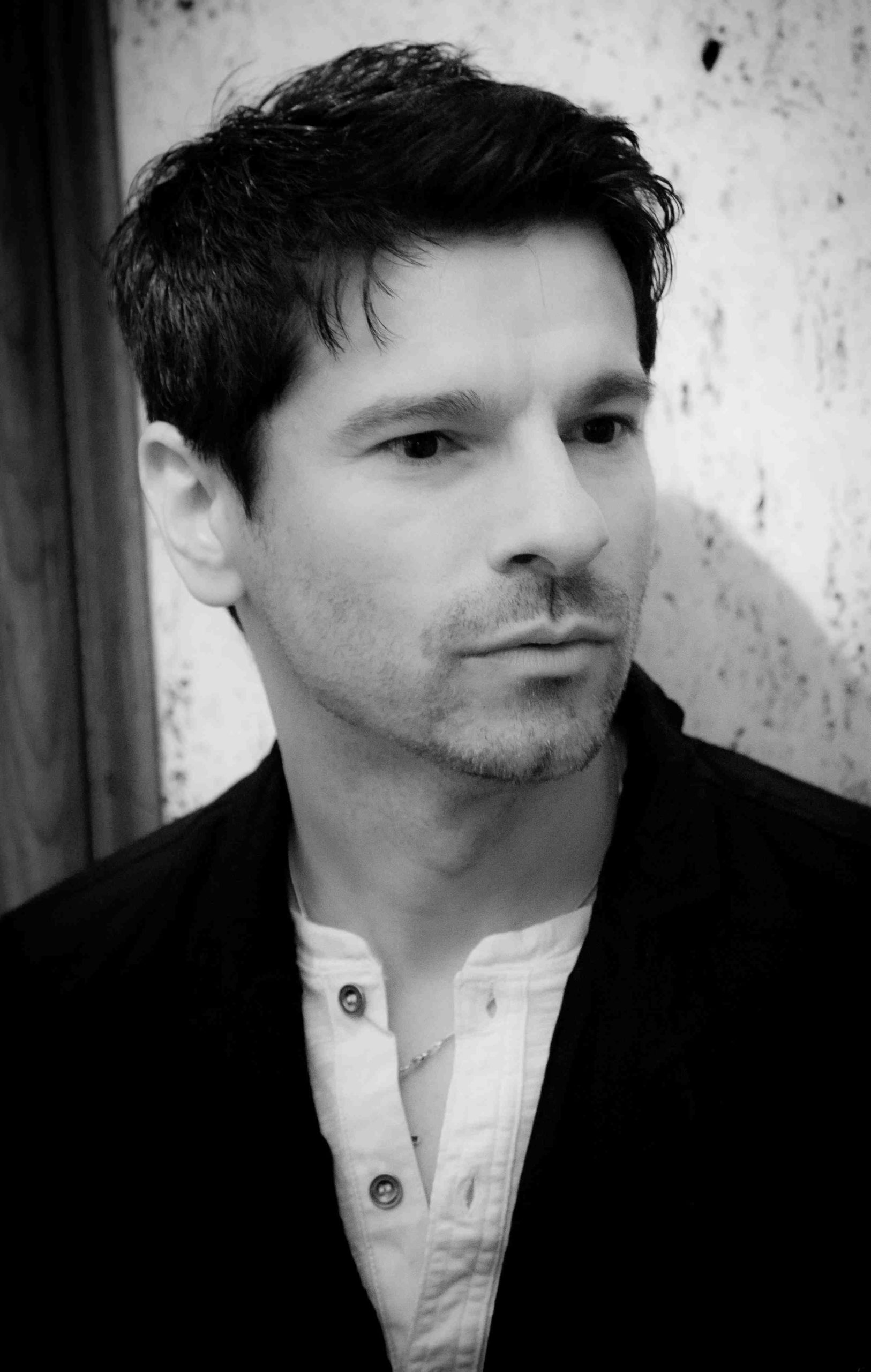
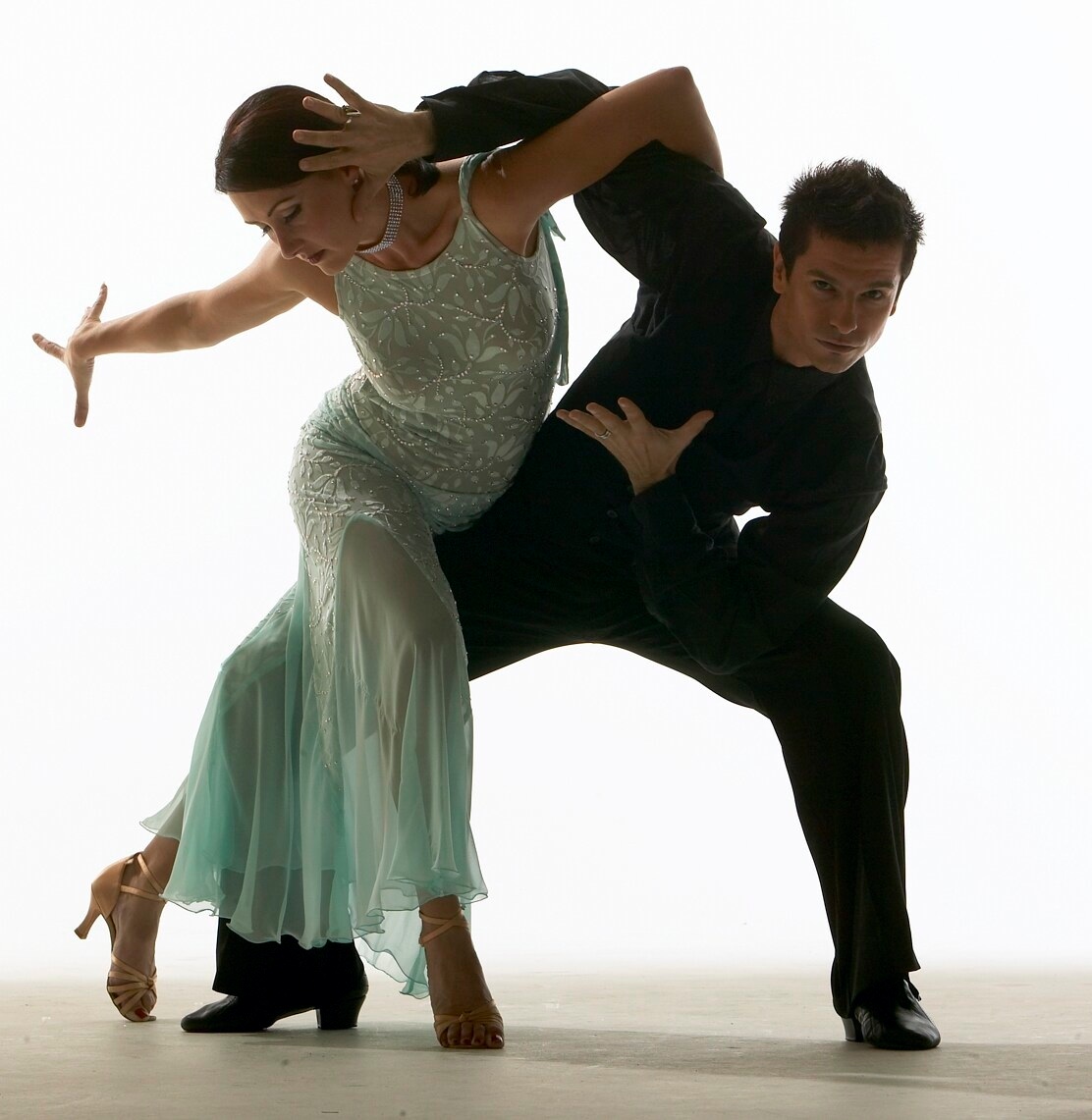
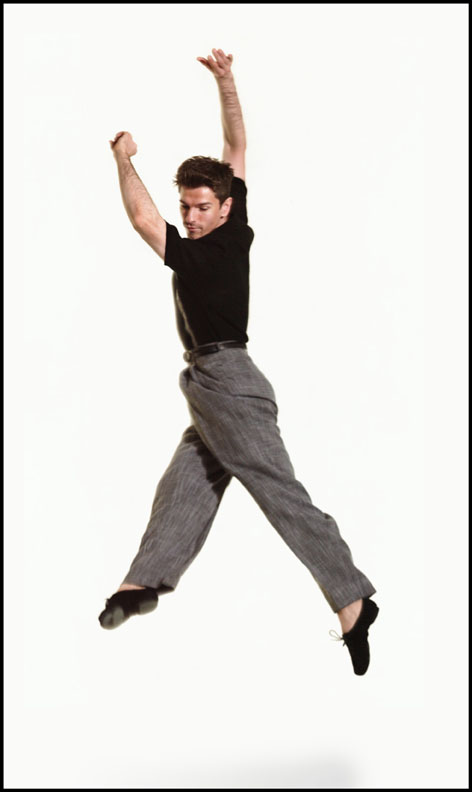
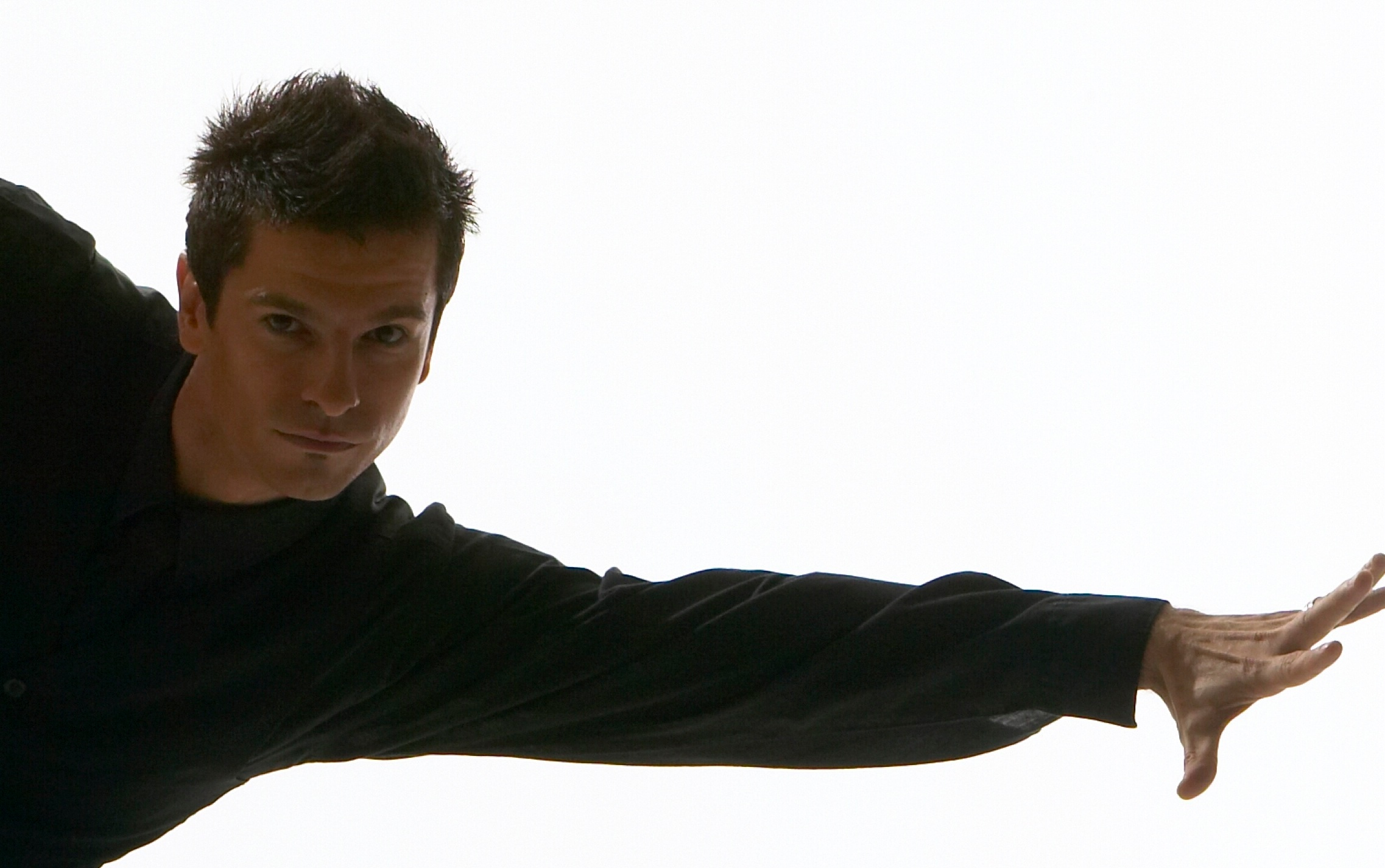
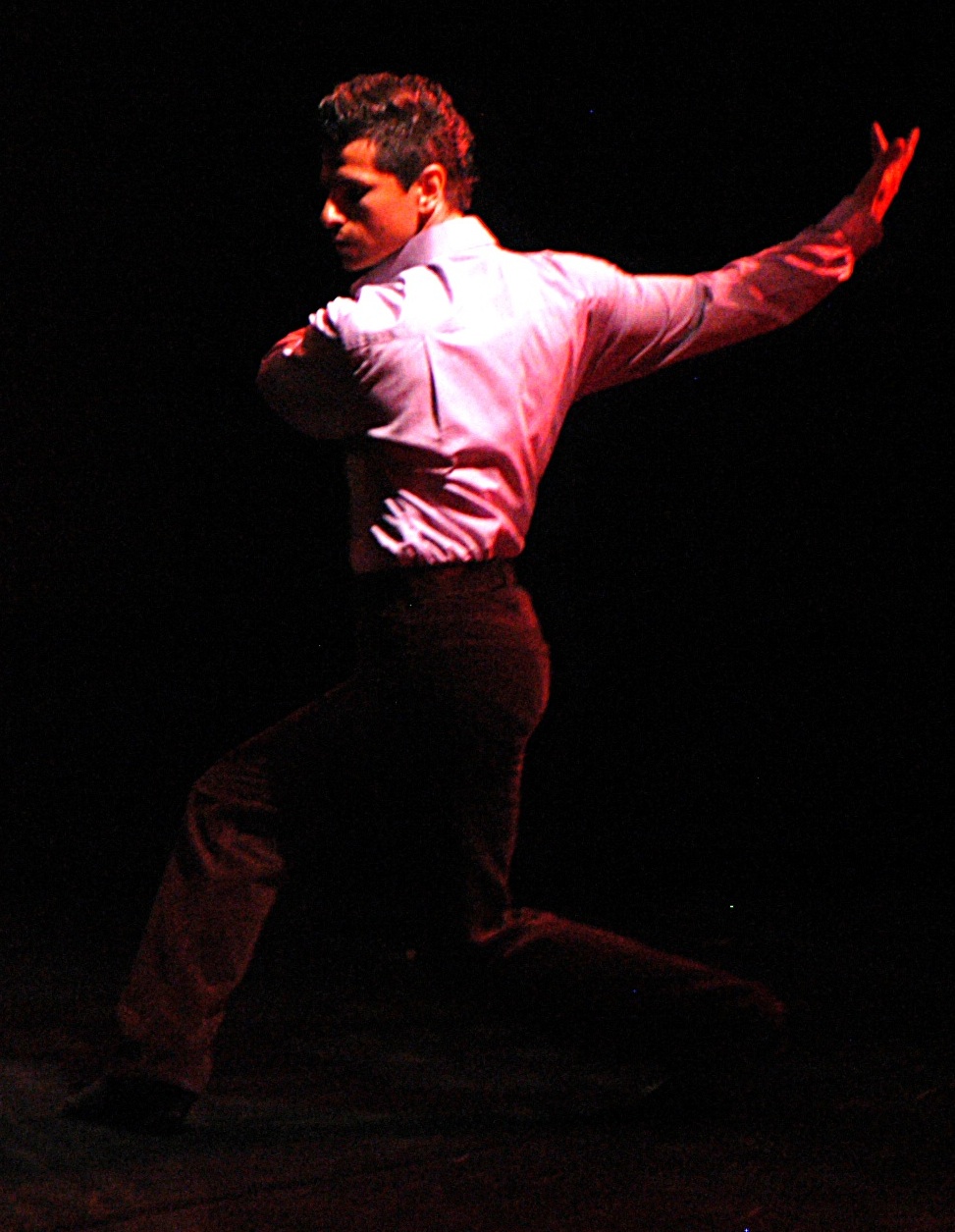
TALKING TO MARIUSZ OLSZEWSKI IS LIKE opening the door to a very crammed closet. Ask one question and everything comes tumbling out: ballroom dance, cultural anthropology, anecdotes about Martha Graham, philosophy, quick references to this and that (Target, TV), throwaway quotables (“I live in now — if now stinks, I don’t want to carry it to the next now”), how the end of the Cold War and the advent of the European Union has created a generation gap in his native Poland. He’s full of ideas, questions, gestures. But no, a closet is entirely the wrong metaphor: talking with him is more like stepping in a running river, because everything is connected, everything flows. But that’s not right either; you’re not just stepping in the river, you’re moving with it, and not drowning either, but sailing along downstream, not alone, but with a marvelous guide who’s lived on the river his whole life and loves nothing more than to share it with someone else. That’s what it’s like.
I have to admit that I didn’t know much about Olszewski before I sat down to talk to him. I knew what seemed to me like plenty: that he’s a Polish ballroom champ, that he came to the United States to dance for Danny Buraczewski’s JazzDance, that he’s stayed with Beyond Ballroom Dance Company, and that in the last few years he’s begun choreographing, doing a dreamy duet with Sally Rousse and creating showstopping ensemble numbers for Zenon and Minnesota Dance Theater (MDT). But I didn’t know Olszewski also has extensive training in modern dance and acting, or all the big names he’s danced for and trained with (Anna Sokolow, Gerri Houlihan, et al), or that he’s an avid dance-watcher (who’s he watching now? Wayne McGregor, Ohad Naharin, Jiri Kylian), or that he studied anthropology in college, or that he choreographs for the Polish version of So You Think You Can Dance. As a dancer, he’s a virtuoso, cheetah-fleet and butter-smooth, but he’s not narrow; his interests range, and his approach is embracing. In short, he’s a dance Renaissance man. “I love it all,” he says (more than once).
Without knowing what I was in for, though, I wanted to talk to him because his work for Zenon and MDT was so successful. Ballroom-based, but opening out into vignettes of flirtation and fun, these dances showed off the companies’ outstanding dancers in new modes — sexy, showy, sure. Olszewki’s dances were nakedly entertaining, and yet, as time passed between my viewing, my usual cynicism about entertainment fell away and I remembered more the sensation in the audience and the sheer happiness on the dancers’ faces. It’s clear to me that Olszewski has a special way with dancers, and I have wondered what powers that.
In part, it turns out to be simply empathy from his own long experience as a dancer working for all kinds of artists. But it’s also how he works: “I get inspired by dancers and I choreograph for them using their best skills” — not sticking to his own preconceived ideas. A recent Beyond Ballroom rehearsal bore this out. When one version of a walk caused trouble, Olszewski offered others: showy strut, sideways swoon, vixen kick? The dancers picked. “If something doesn’t work, there’s five hundred other moves we can put in,” he says. “In the end, they perform it. They have to feel good and right about it.”
More importantly, Olszewski’s attitude towards his dancers comes from his attitude towards dance itself. Watching him spin out moves in spontaneous choreography, my first thought is that he has a magpie mind. But again I’ve realized I had hold of the wrong metaphor: it’s not bright shiny bits that enchant Olszewski, it’s the whole thing: training, teaching, coaching, rehearsal, performance, watching dance, talking to people in dance, dance history, everything dance. Olszewski choreographs now because “I have things to offer. I have to do something with it. When dancers don’t want to pass on what they know it creates the gap”– a break in the fabric of dance, in the chain of energy. When he thinks of the greats in his field, people he’s known or simply admired, he says, “They want me to make better dance;” that is, to respect what they’ve done for dance is to want to improve what he does for dance, to better serve the form. And serving the form does not mean only choreographing or pursuing a solitary artistic vision, it means doing whatever the world wants him to do. “Dance is everything.”
What’s next for Olszewski? He’s rehearsal-directing this weekend’s Beyond Ballroom Dance Company show at the Cowles, in which he has a couple of shorter pieces (which he characteristically calls “a bow” to the dance greats of 1920s-1950s film: Fred Astaire, Gene Kelly, etc). This summer he’s off to Poland for another season of So You Think You Can Dance. He wants to do a duet with James Sewell; he keeps getting mistaken for him everywhere (the two share a dark-eyed intent look), so Olszewski has an amusing idea about some quick changes. He wants to do something with avant-gardist Morgan Thorson too: “I love Morgan. I’ve been admiring her work for years.” After that, who knows? “I follow cues from the universe,” he says. “As long as I can move and kick it, I will do it.”
______________________________________________________
Related performance details:
Beyond Ballroom Dance Company will perform at the Cowles Center for Dance and the Performing Arts in Minneapolis Friday through Sunday, February 3 to 5. Tickets are $27 for adults ($24 for seniors and students). Find more information: http://www.beyondballroom.org/
______________________________________________________
About the author: Originally from Tallahassee, Lightsey Darst is a poet, dance writer, and adjunct instructor at various Twin Cities colleges. Her manuscript Find the Girl was recently published by Coffee House; she has also been awarded a 2007 NEA Fellowship.